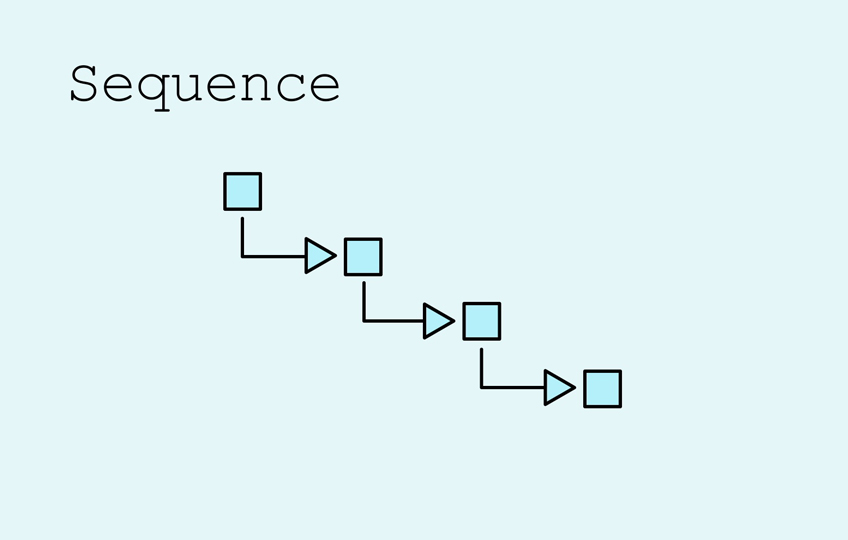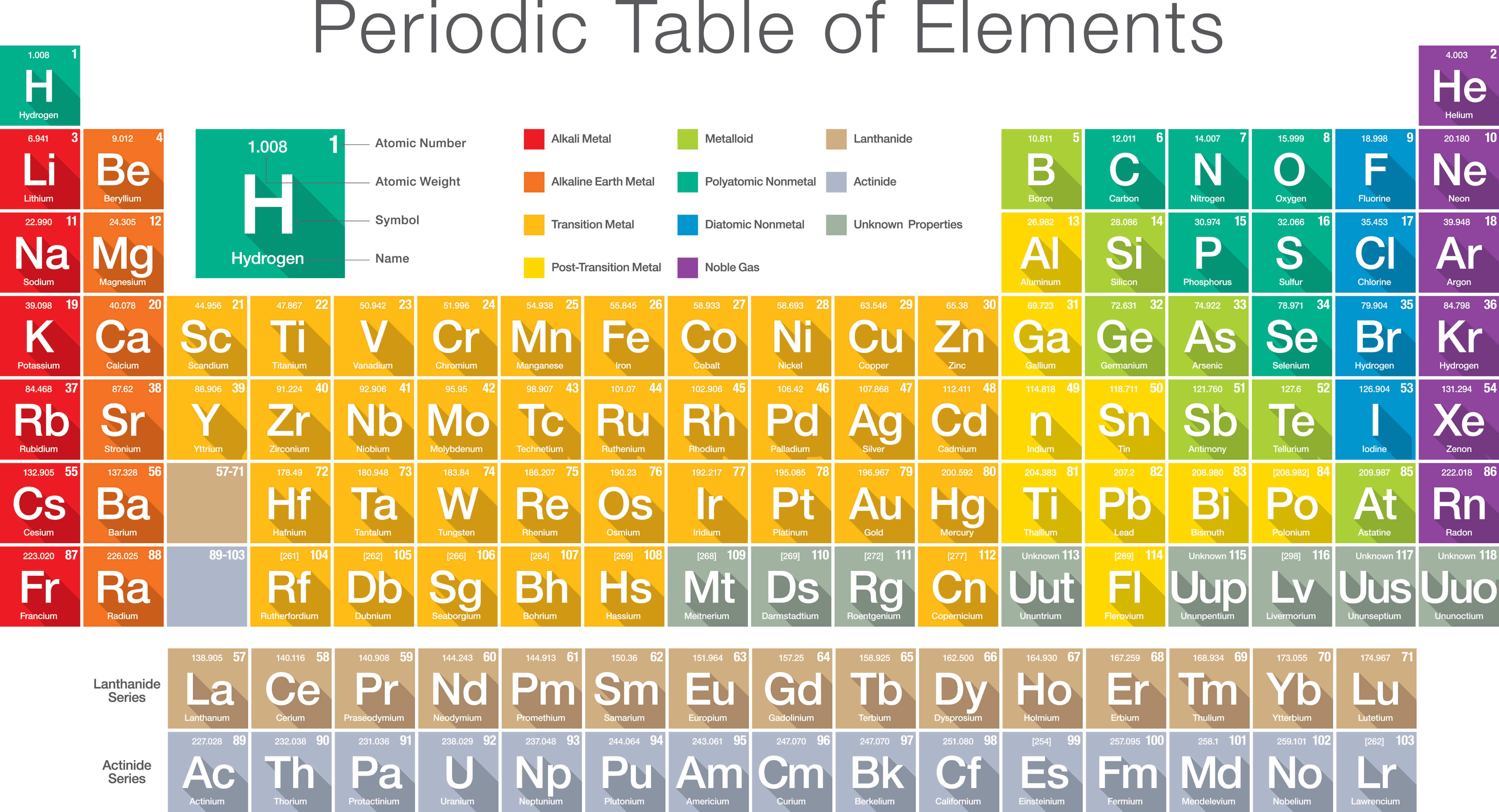

A surfer is in their element at a beach with a lot of big waves.
Element definition computer science professional#
Real-life examples: A kitchen is the element of a professional chef.In terms of people, we say a person is “in their element” when they are doing something they are really good at or in a situation that they really enjoy. Used in a sentence: Love and trust are elements of a strong relationship.Īn element can also be a place where someone or something feels comfortable or naturally wants to be.Tires, brakes, and an engine are elements of a functioning vehicle. Cement and water are elements of concrete. Real-life examples: Peanut butter, jelly, and bread are the elements of a PB&J sandwich.The words elemental and elementary are sometimes used in a similar sense to describe things that are the simplest principles or basic components of something. Outside of science, an element is a main component or ingredient of something, as bricks would be for a brick wall, for example. Used in a sentence: Ammonia is made of the elements nitrogen and hydrogen.Real-life examples: The substances we know as carbon, oxygen, nitrogen, calcium, and gold are examples of elements.

We can split water into hydrogen and oxygen, but we cannot use chemistry to split oxygen or hydrogen into anything else. For example, water (H2O) is made of the elements hydrogen and oxygen. The study and measuring of elements is one of the central focuses of the scientific field of chemistry. If you have taken a chemistry class, you’ve likely seen the periodic table, which displays all the known chemical elements. In chemistry, an element is something that cannot be broken down any further. An element is also an important component of something or a natural habitat. Data field mapping is an activity that outlines how the fields from two or more starting tables will be consolidated into a new table.An element is a substance that cannot be separated into simpler substances through chemistry. Sometimes we want to consolidate multiple data tables into one, and these tables concern the same unique IDs but are not labelled or normalized in the same way. We can only consolidate rows based on them, which makes them attributes. However, we cannot manipulate words to arrive at new values. We could add the weights of Bed 1 and Bed 2 to arrive at a new value, 185, because it is a measure.

This means they are dynamic, and we refer to them as measures rather than attributes.įor example, imagine we add another field to our dataset on beds for weight as shown below. Numbers, however, can be added, subtracted, multiplied, and divided across and down the table. Another bed in queen sized, made of metal, and uses elastic suspension. One bed is king sized, made of wood, and uses spring suspension. The most common example is a column in a data table that describes the row with which it intersects, and others include class variables in programming languages such as Java.Ī simple way to think about data fields is to imagine an object and describe multiple instances of it.


 0 kommentar(er)
0 kommentar(er)
